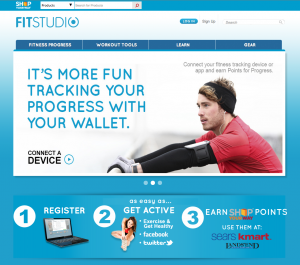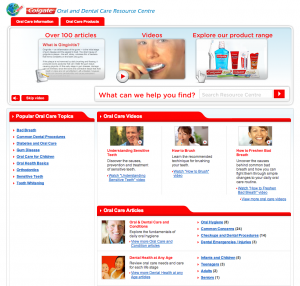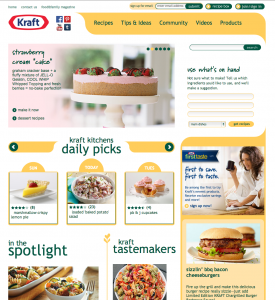Learning about content marketing
Whilst interning at CW I’ve become fully immersed in the world of content marketing. I’ve realised that despite it only becoming a widely used term in the last few years, ‘content marketing’ actually isn’t anything new. Brands have been producing content that tells their brand stories for a very long time. It’s just channels and audiences that have changed. Whereas once the majority of ‘content marketing’ took the form of printed magazines and journals, now the majority of material is delivered via digital titles and social media platforms. As technology has advanced, brands have been forced to rethink their digital presences, redesigning their websites and optimising content for search engine discovery and for viewing on mobile and tablets. New technologies have radically changed how companies look to create lasting connections with their customers and clients.
The US company Sears Holdings provide a great example of a digital content marketing scheme. Sears sell fitness equipment, and they created FitStudio as on online fitness resource to market their company. Here fitness professionals provide valuable content free of charge on fitness instruction and healthy living on social media platforms such as Twitter, Facebook, Pinterest and Shop Your Way to provide customers with a resource to decide what to buy to suit their lifestyle. For each program they measure acquisition, engagement, page views, return visits, coupon redemption or purchase to ascertain which products are the most in demand.
Similarly, toothpaste brand Colgate has provided an online Oral and Dental Health Resource centre with videos, interactive guides and over 400 articles. This is a great example of a brand making its depth of knowledge visible to the public, packaging it in a way that offers audiences something they actively want (in this case advice and information). US food company Kraft also took the approach of establishing an online content hub: kraftrecipes.com. This website provides an online resource for recipes and food-related content, as well as a place for the community of Kraft consumers to interact. Their efforts have been widely successful, with their Director of CRM Content Strategy and Intergration claiming that the ROI on their content marketing work is amongst the highest of all their marketing efforts.
Other brands have simply modernised traditional methods of content marketing. A couple of years ago General Electric launched Ecomagination, an online magazine with an experienced managing editor and editorial staff of writers and journalists. This provides a forum for fresh thinking and conversation about clean technology and sustainable infrastructure.
Similarly, cinema group Vue, have invested in creating mobile and tablet versions of their company magazine. Cinema print titles such as the Vue Magazine of old traditionally featured reviews and listings information. Vue Magazine realised this wasn’t offering their customers enough and are now using their app to offer their customers a personalised, interactive brand experience. For example, their app includes a film alert system: you can sign up to be alerted when a film you are interested in seeing will be showing in your local Vue cinema.
Alice is an English graduate currently interning at CW.






Leave a Reply